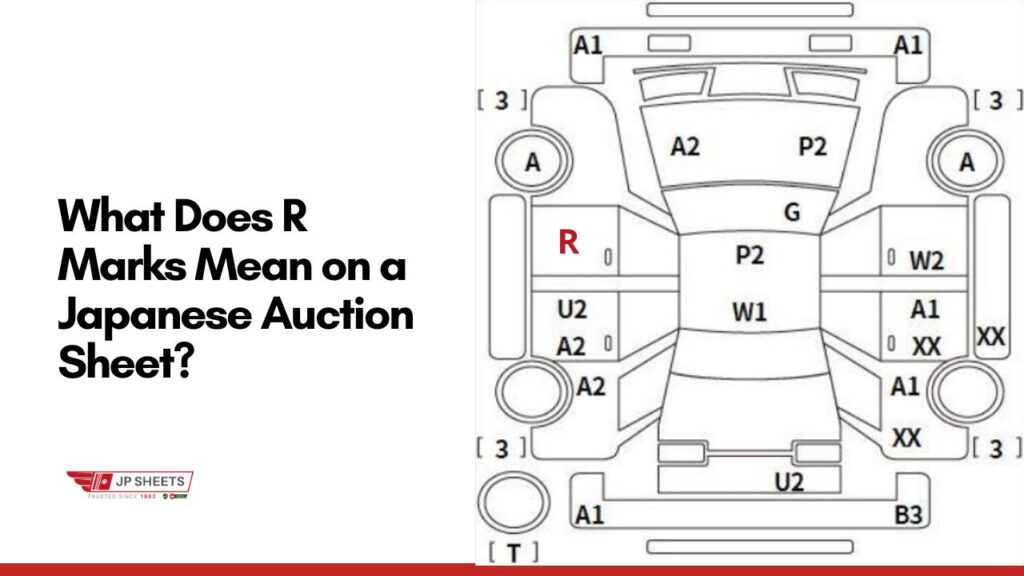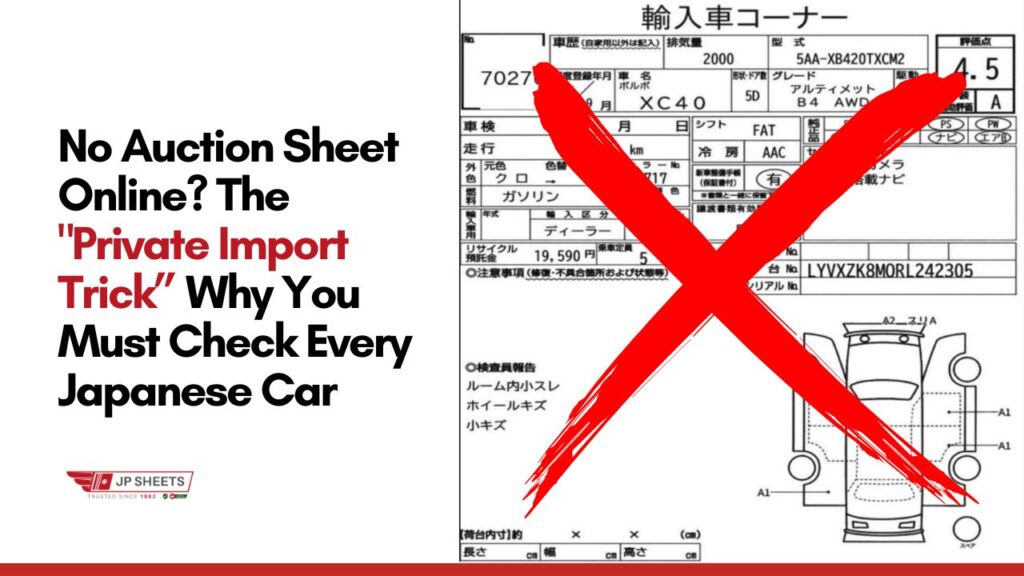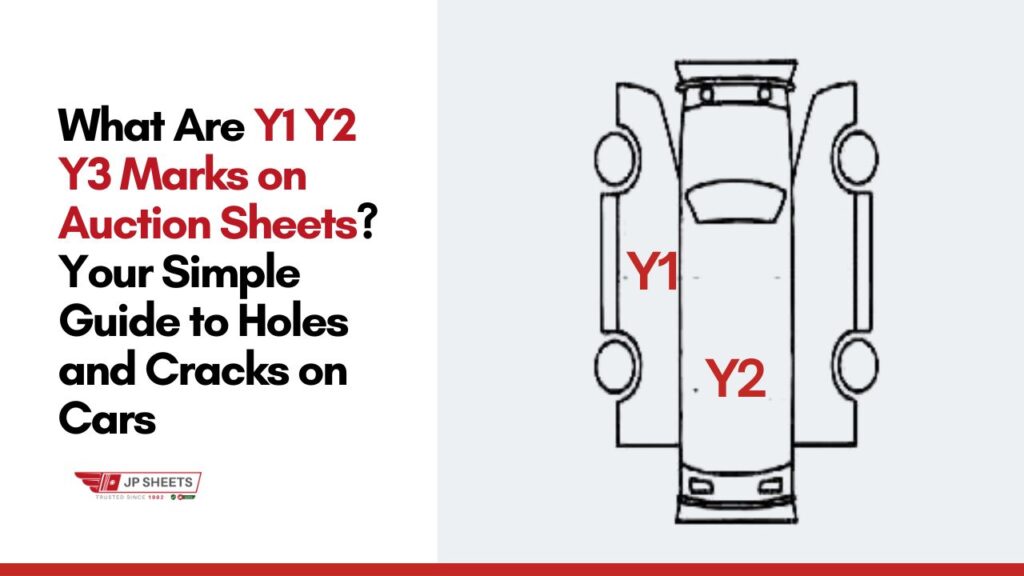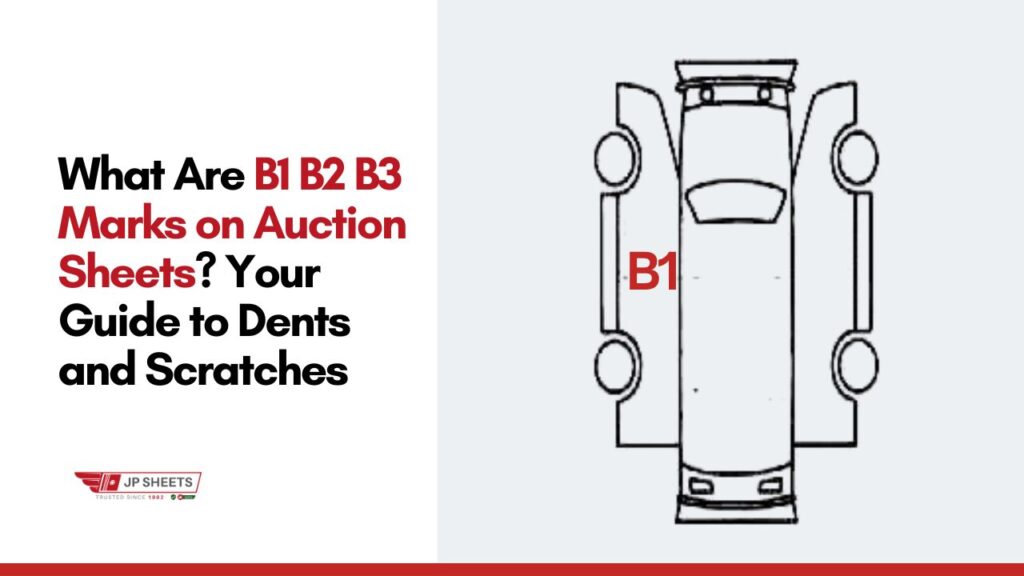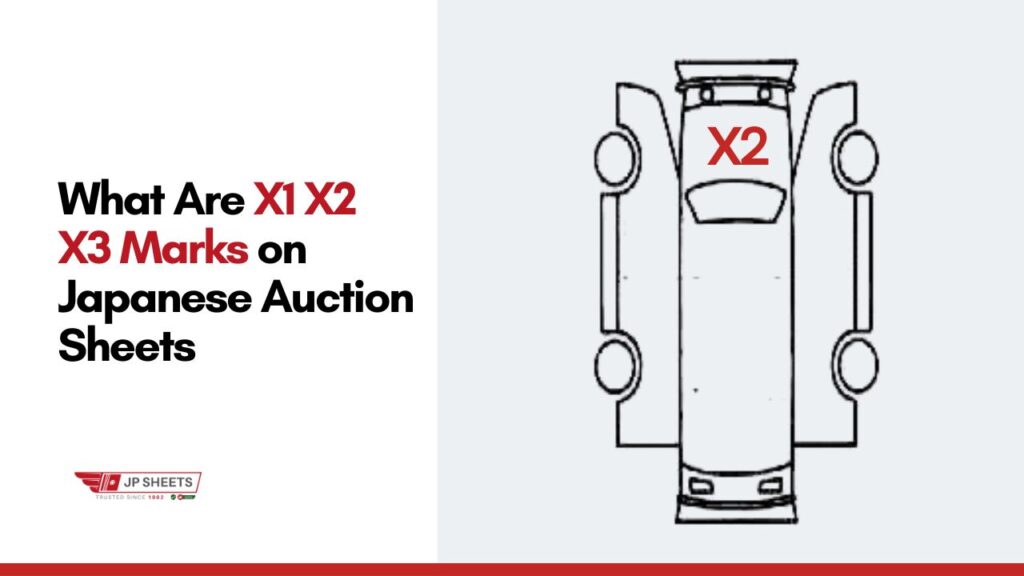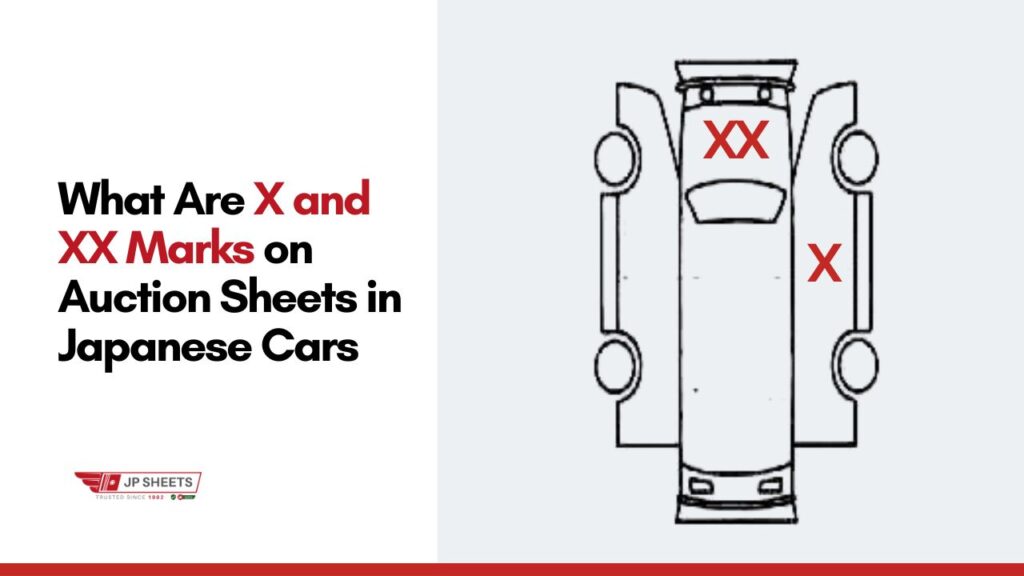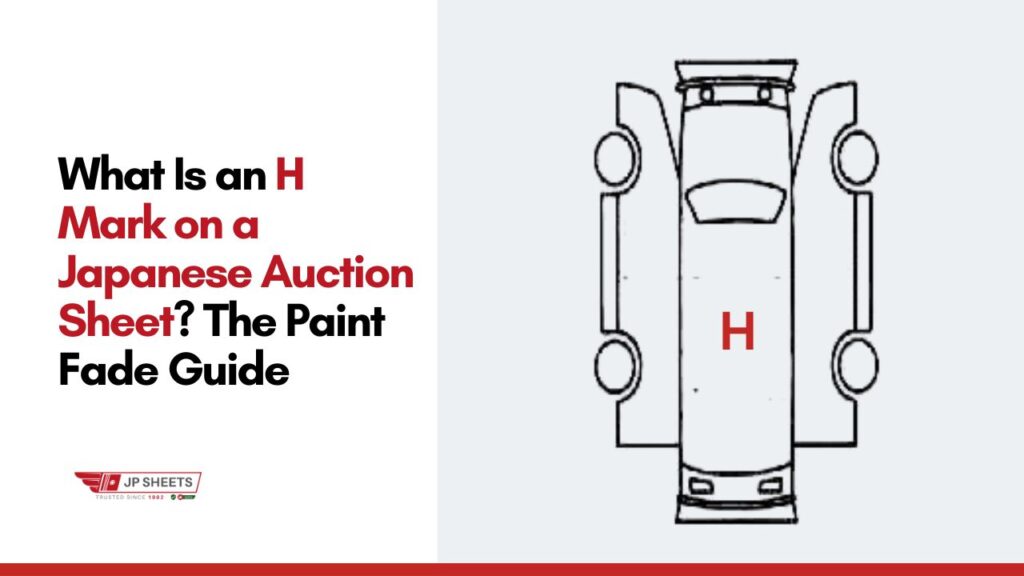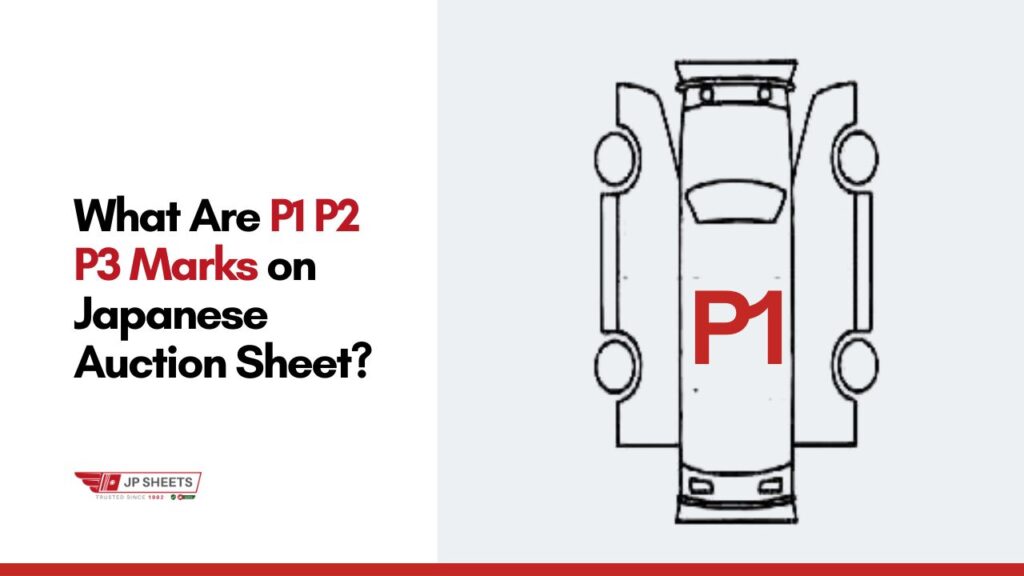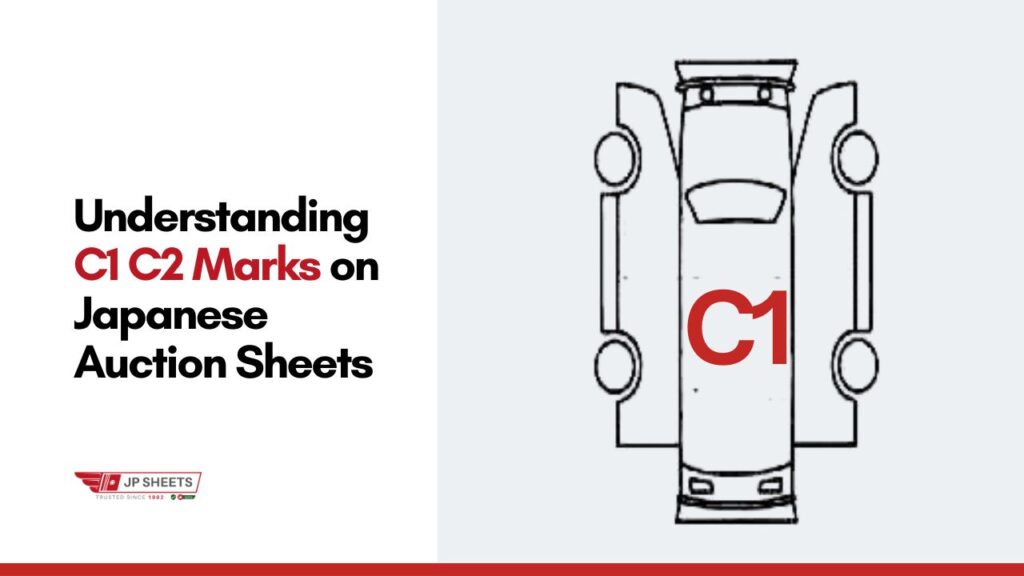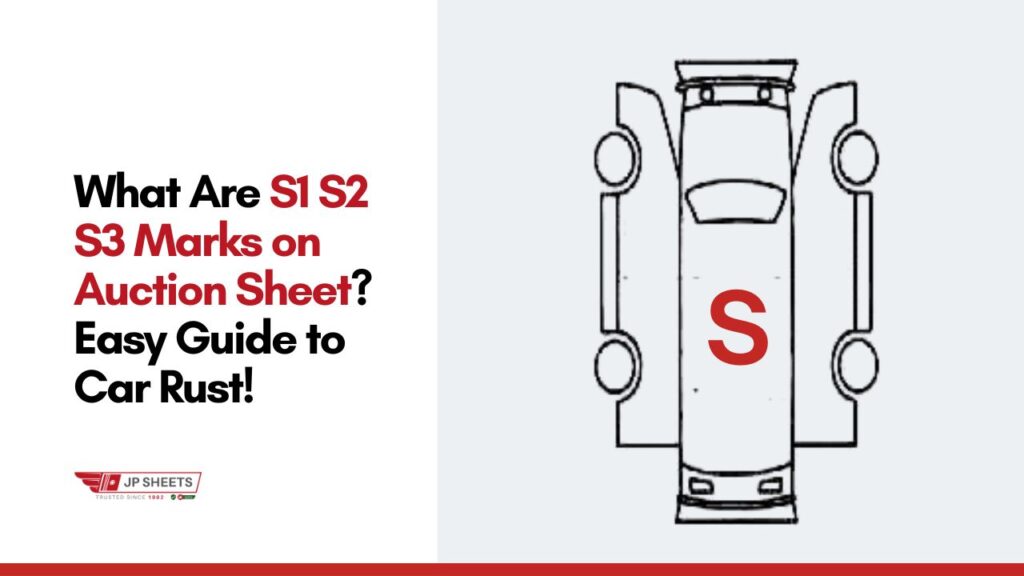What Does R Marks Mean on a Japanese Auction Sheet? A Simple Guide
The “R” mark on a Japanese auction sheet means the car has been repaired after an accident or damage. It’s not always bad — many R-grade cars are safely and professionally fixed in Japan. But it’s important to check what kind of repair was done, see photos if possible, and confirm the car’s true condition […]
What Does R Marks Mean on a Japanese Auction Sheet? A Simple Guide Read More »
